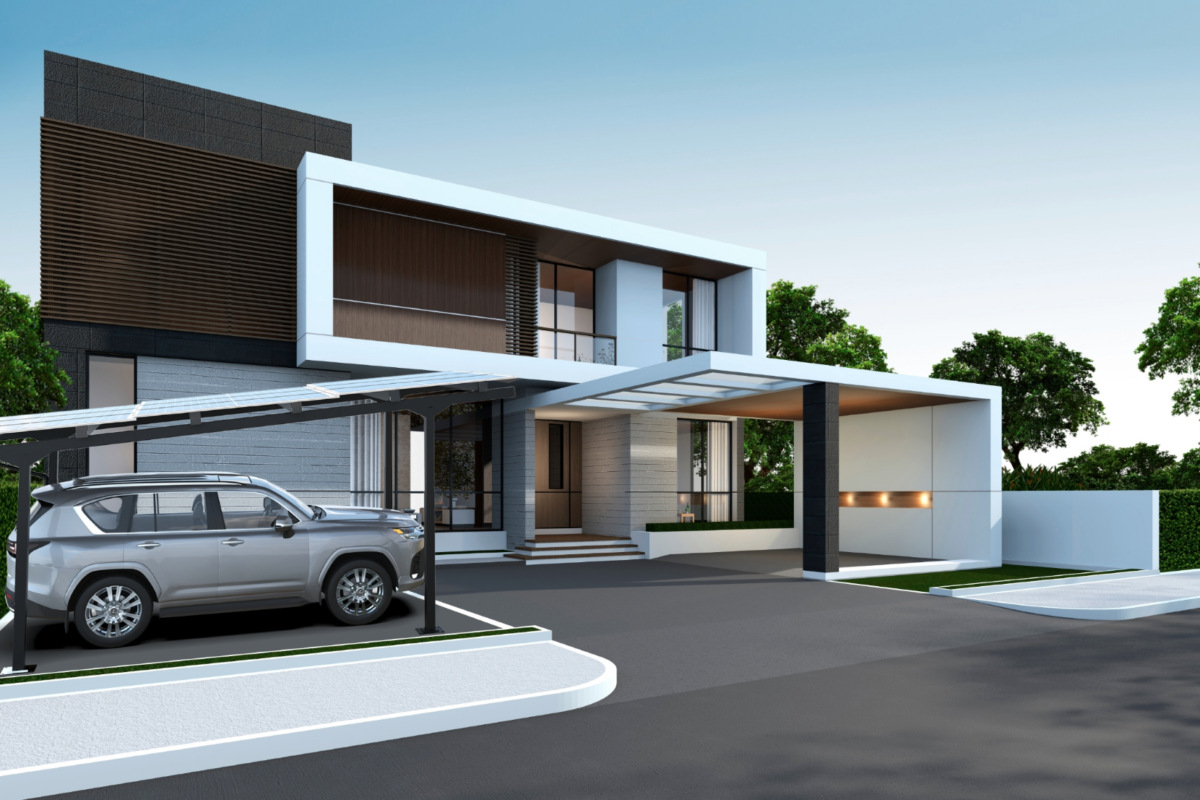From pv magazine USA.
For Methode Maniraguha, consolidation in the solar industry – most recently illustrated in the U.S. by Sunrun’s acquisition of Vivint Solar – does not signal a lessening of robust competition and innovation. Born in Rwanda, Maniraguha was around five in 1994 when the country descended into three months of genocidal strife which claimed an estimated million lives.
Maniraguha does not talk about how his family survived, beyond saying he was blessed to grow up with both parents. He appears to be one of those eternally optimistic people who see challenges as opportunities.
So, when the impact of the Covid-19 pandemic hit his two-year-old solar engineering start-up – Current Renewables Engineering in Riverside, California – he gathered his small staff and told them he was not planning lay-offs or furloughs.
“No, we are here,” he said. “We will closely monitor what’s going on and if we need to pivot, we’ll pivot.”
New focus
As engineering jobs fell off, Maniraguha and his team re-focused on research aimed at developing solutions to industry challenges such as the managed charging of electric vehicles and smoother grid integration of renewables. He spun off a new software company, Koa Analytics, as part of his research and entrepreneurial efforts, and was recognized by the Greater Riverside Chamber of Commerce as its 2020 Emerging Entrepreneur.
Maniraguha credits his mother for pushing him to pursue an education that would give him more options than existed in his rural agricultural community, where he recalls doing homework by candlelight. A love of math and science led to middle and high-school opportunities – rare for children from his village – and a full scholarship to California Baptist University in Riverside, where he earned an engineering degree. A senior-year internship turned him onto engineering opportunities in the solar industry and led to jobs at a pre-Tesla SolarCity and Sunrun.
The entrepreneur started Current Renewables in 2018, to provide engineering services for the residential market, and has since expanded into commercial and community solar. He spoke to pv magazine about his path from Rwanda to Riverside and solar entrepreneurship, the importance of customer experience and his views on equity and access in the industry. His answers have been condensed and edited for clarity.
pv magazine: Coming from the poverty and genocide of your childhood, what was it that drew you to the solar industry and starting your own company?
Methode Maniraguha: From a young age, problem solving was embedded in me. I always wanted to solve problems. I became a licensed engineer when I was working at Sunrun but I realized that I could accomplish more by starting my own business. Coming from a stable, poor family and being here in the U.S. for many years, and just seeing how things are changing globally, I noticed that income inequality was getting wider and wider. But in my head, I was like: ‘Is there a way that we can build stable, growing businesses and strong families and reduce income inequality?’
So, knowing what I know, I thought: ‘What are the existing problems in solar installation, from start to finish?’ With my license as an engineer, I could start an engineering company to create a service for small companies, where they don’t have the ability to hire engineers full time. For bigger companies, when they get [seasonal] spikes, they can hire me as a sub-contractor. I started by myself but now we have a few engineers and support staff.
You’ve been in business two, going on three years now, as the solar market has become increasingly mature and competitive. What have been the opportunities and challenges?
Yes, it is very competitive but that can be a positive too, depending on how you look at it. I don’t think we are even where we need to be as an industry for us to really reform the sustainability of our energy consumption. When I drive in my neighborhood, I see many houses are not solar – in sunny California.
Customer experience is the driving force. If I ‘go solar’ with a company and I have a bad experience, probably I will tell my family; my friends. It can be a big negative for us, for us as an industry. If I am caring for my customers, responding to their requests or building infrastructure to help them manage their projects, they pay me well; they recommend me so I get more business. So we are focused on building a stable, sustainable, customer-centric business.
At this point, it is impossible to talk about the solar industry without discussing social and economic equity. African-Americans make up only about 7.7% of the solar workforce and often live in lower-income communities with little access to PV. What has your experience been in the industry?
I see this issue of race in America, in the U.S., from the lens of someone who came here not many years ago. That is a big gap. I don’t have grandparents who experienced the discrimination of Jim Crow or segregation in the past. I haven’t experienced that.
If you look at the Black community right now, they live in inner cities; these neighborhoods are less developed. So, for our industry there is no opportunity for making money. That means kids from the neighborhoods, they won’t have exposure, won’t know that solar jobs exist, that solar is a thing, that solar is good. That affects who we hire, how we hire. We don’t reach into the neighborhoods to get talent.
Where do you see your business and the industry going over the next five years?
The only way to sell solar, I was taught, you need a human being to go to individual homes. With that approach you can only grow linearly, depending on how many people you can afford to send out. But because of advances in technology you can sign up online to buy solar, send a drone to do the first survey on a house, sign a contract online, and we can send a crew to install a system. And all that can be done in less than 50 days. If that continues to expand, and the cost and policy are in sync, the sky’s the limit for the industry.
Battery energy storage systems will also play a critical role in where the solar industry goes from here. For example, solar sales in California are coming with storage and consumers are demanding it. There are now good investments being made in [the] R&D of battery chemistry and its advancement will play a critical role in giving solar providers and consumers the ability to shift energy to when it is needed the most.
Earlier you were talking about the importance of customer experience, which traditionally is about good human interaction. How does that fit with increased automation of sales?
I think you can create a good customer experience with minimal human interaction. When I am talking about customer experience, what I mean is: Is what I have been promised, what I get? That’s number one.
By K Kaufmann
This content is protected by copyright and may not be reused. If you want to cooperate with us and would like to reuse some of our content, please contact: editors@pv-magazine.com.



0 comments
By submitting this form you agree to pv magazine using your data for the purposes of publishing your comment.
Your personal data will only be disclosed or otherwise transmitted to third parties for the purposes of spam filtering or if this is necessary for technical maintenance of the website. Any other transfer to third parties will not take place unless this is justified on the basis of applicable data protection regulations or if pv magazine is legally obliged to do so.
You may revoke this consent at any time with effect for the future, in which case your personal data will be deleted immediately. Otherwise, your data will be deleted if pv magazine has processed your request or the purpose of data storage is fulfilled.
Further information on data privacy can be found in our Data Protection Policy.